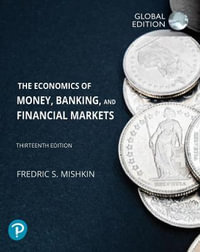
Japan's New Economy
Continuity and Change in the Twenty-First Century
By: Magnus Blomström (Editor), Byron Gangnes (Editor), Sumner La Croix (Editor)
Paperback | 25 January 2001
At a Glance
Paperback
$118.19
Aims to ship in 7 to 10 business days
ISBN: 9780199241736
ISBN-10: 0199241732
Published: 25th January 2001
Format: Paperback
Language: English
Number of Pages: 338
Audience: Professional and Scholarly
Publisher: Oxford University Press UK
Country of Publication: GB
Dimensions (cm): 23.39 x 15.6 x 1.8
Weight (kg): 0.51
Shipping
| Standard Shipping | Express Shipping | |
|---|---|---|
| Metro postcodes: | $9.99 | $14.95 |
| Regional postcodes: | $9.99 | $14.95 |
| Rural postcodes: | $9.99 | $14.95 |
How to return your order
At Booktopia, we offer hassle-free returns in accordance with our returns policy. If you wish to return an item, please get in touch with Booktopia Customer Care.
Additional postage charges may be applicable.
Defective items
If there is a problem with any of the items received for your order then the Booktopia Customer Care team is ready to assist you.
For more info please visit our Help Centre.
You Can Find This Book In
This product is categorised by
- Non-FictionEarth Sciences, Geography, Environment, PlanningGeographyHuman GeographyEconomic Geography
- Non-FictionEconomicsEconomic Forecasting
- Non-FictionEconomicsMacroeconomicsMonetary Economics
- Non-FictionEconomicsEconomic Systems & Structures
- Non-FictionEconomicsInternational EconomicsInternational Trade
- Non-FictionEconomicsPolitical Economy
























